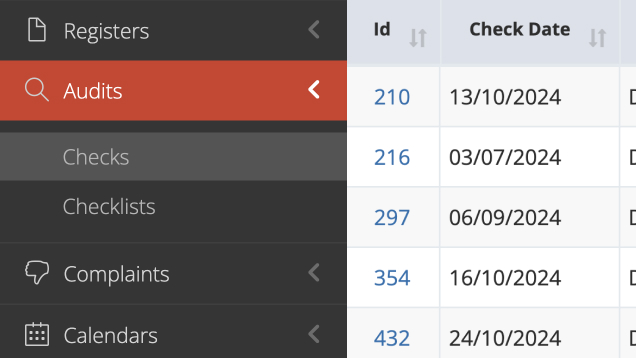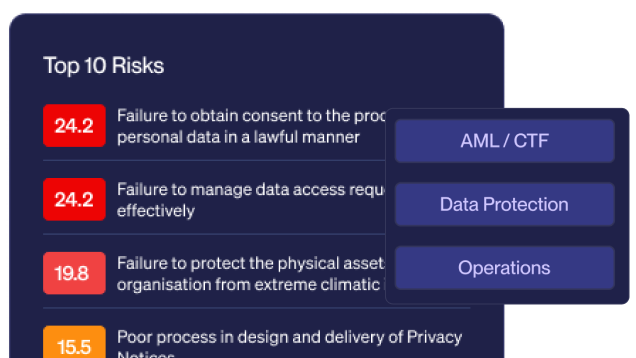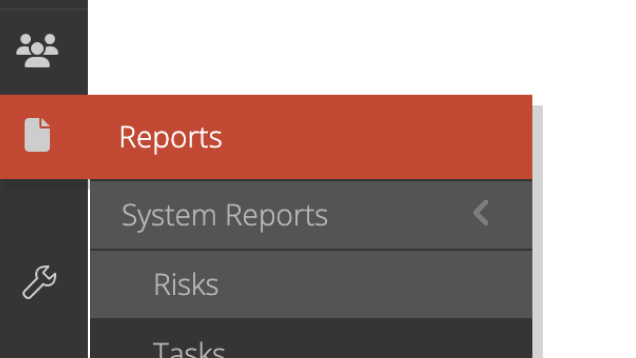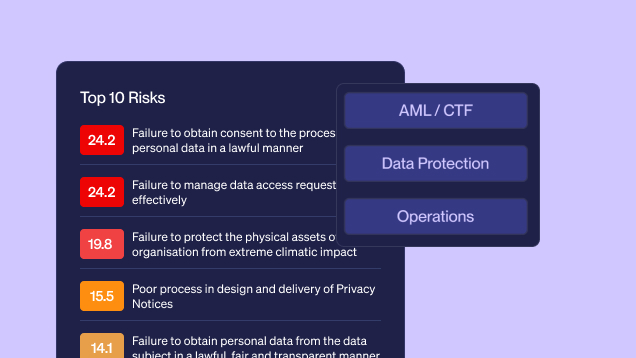Compliance Monitoring that makes sense.
Map obligations to controls, risks and more to provide clarity and confidence.

Trusted by hundreds of clients globally









































Stay audit-ready, always
Access a single source of truth at your fingertips, ensuring you're ready for every audit, all the time.

Streamline internal controls
Use pre-populated libraries to map risks to controls, assign ownership and track control testing.

Stop chasing, start analysing
Say goodbye to manual follow ups - automate reminders for tasks, findings, control tests and more.

Report at the click of a button
Generate tailored reports on risks controls and more with a single click.

Go live in days, not months
Launch quickly with pre-built templates and workflows that deliver immediate value from day one.
Related roles that benefit from our platform.
Keep compliance, legal, and finance teams aligned on regulatory obligations and control effectiveness.
Ready to elevate your Compliance Monitoring?
Schedule a 30-minute platform walk-through with our expert team.
